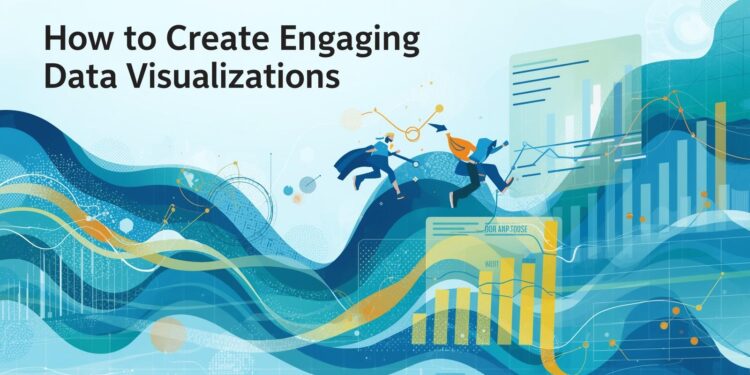In today’s data-driven world, the ability to create engaging data visualizations can set you apart. Whether you’re a student, a professional, or a hobbyist, understanding how to transform data into compelling visuals can enhance your storytelling abilities and ensure your message resonates with your audience.
Visual storytelling is the art of conveying data through charts, graphs, and other visual elements. It allows complex information to be communicated quickly and clearly, making it accessible to a wider audience. Effective data visualization not only captures attention but also facilitates understanding and retention.
Selecting the appropriate chart type is crucial for effective data visualization. Here are some common chart examples to consider:
- Bar Charts: Ideal for comparing quantities across categories.
- Line Charts: Best for showing trends over time.
- Pie Charts: Useful for illustrating proportions within a whole.
- Scatter Plots: Perfect for displaying relationships between variables.
Each chart type has its strengths and limitations. Understanding these will help you choose the most effective way to convey your data.
When designing data visualizations, clarity should be your top priority. Avoid clutter by focusing on the essential elements of your data. Use color strategically to highlight key points and ensure that text is legible.
- Limit the number of colors to avoid overwhelming the viewer.
- Use labels and legends to explain what each part of the visualization represents.
- Simplify your design by removing unnecessary elements that do not add value.
Data visualization is not just about presenting numbers; it’s about telling a story. Begin by identifying the narrative you want to convey. Ask yourself what message you want your audience to take away. Then, structure your visualizations to guide viewers through this narrative seamlessly.
- Identify Your Audience: Tailor your visualizations to the knowledge level and interests of your audience.
- Define Your Message: Clearly articulate the main point you wish to communicate.
- Organize Your Data: Arrange your data logically to support your narrative.
To see these principles in action, explore data visualization examples from various fields such as finance, healthcare, and education. These examples can provide inspiration and insights into how to apply visual storytelling techniques effectively.
In conclusion, creating engaging data visualizations is a skill that combines art and science. By choosing the right chart types, designing with clarity, and telling a compelling story, you can transform data into powerful visuals that resonate with your audience.
If you have any questions or want to share your own data visualization experiences, feel free to leave a comment below.




